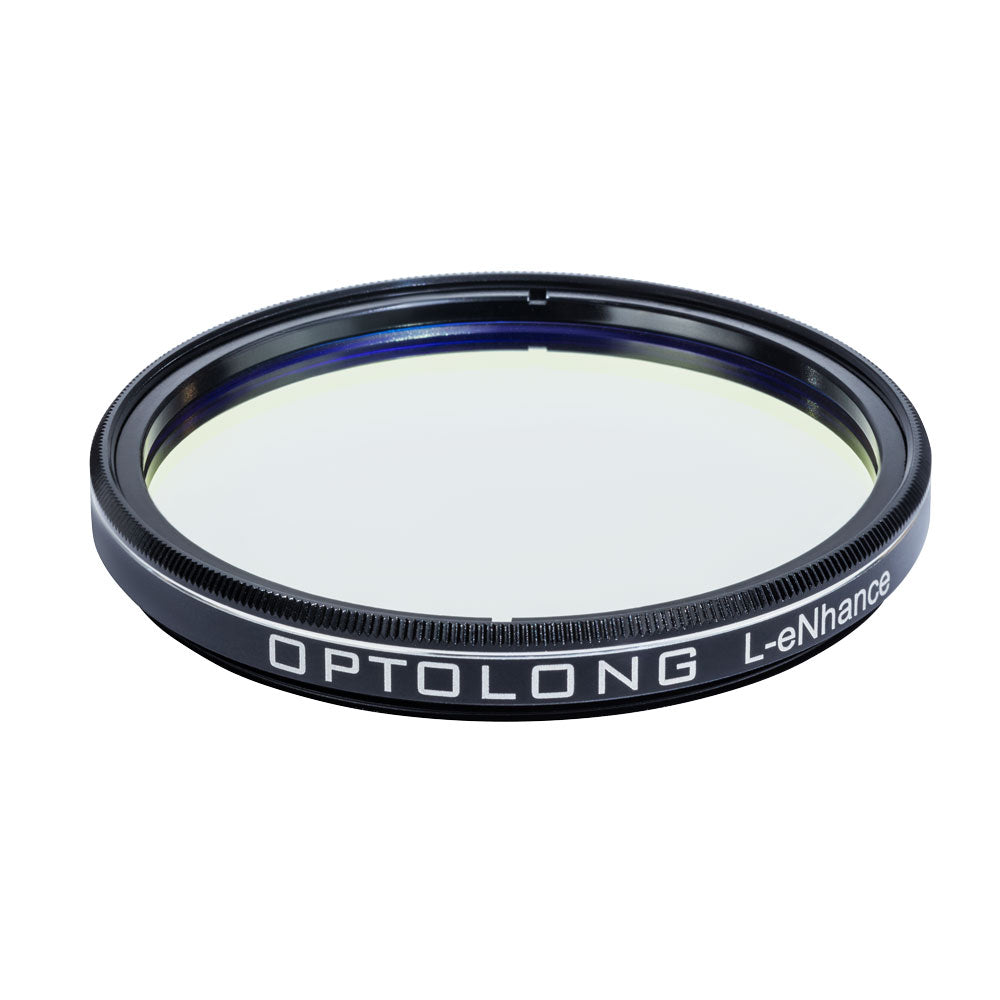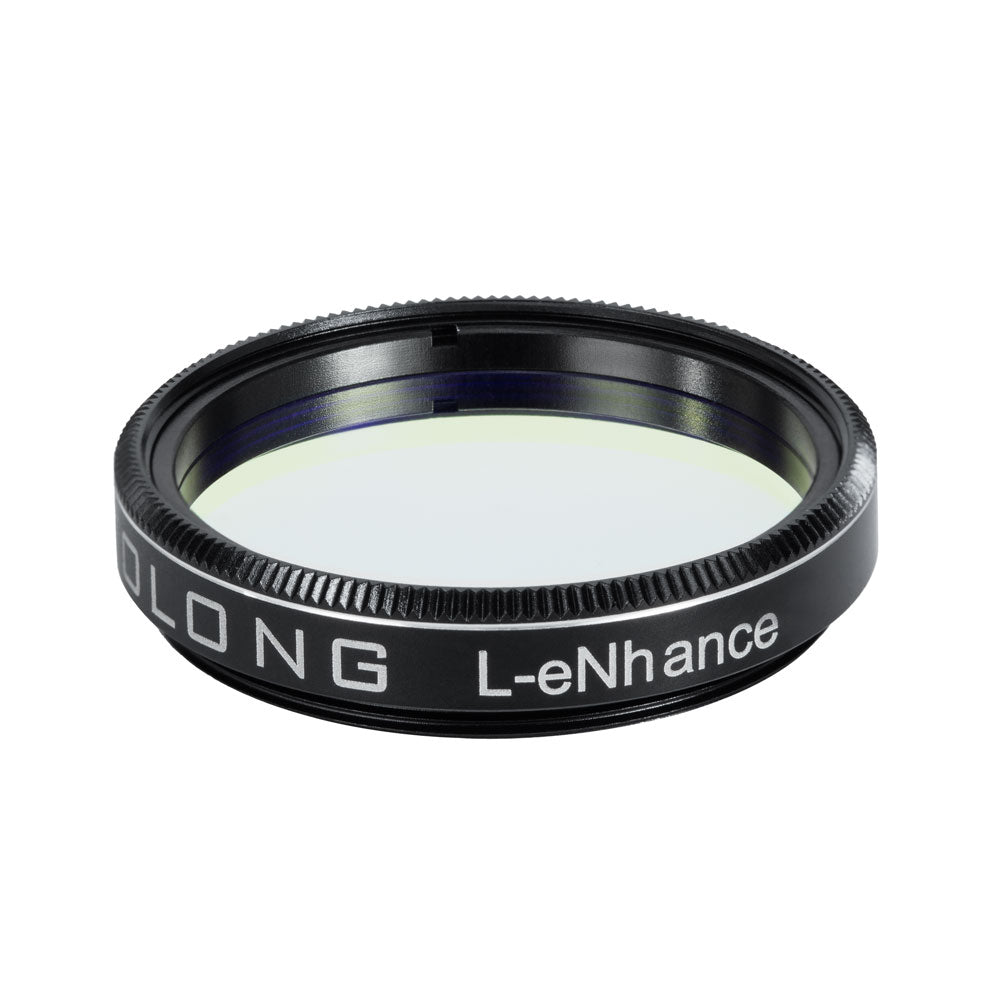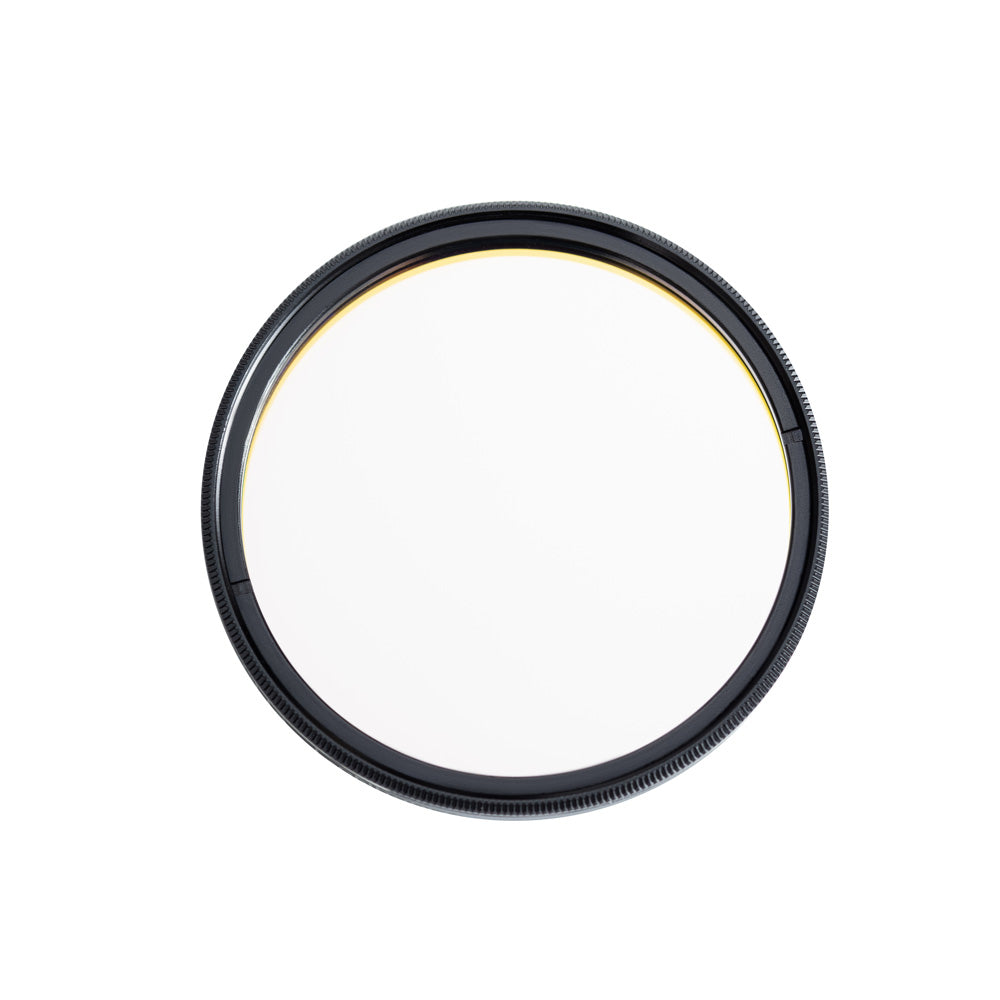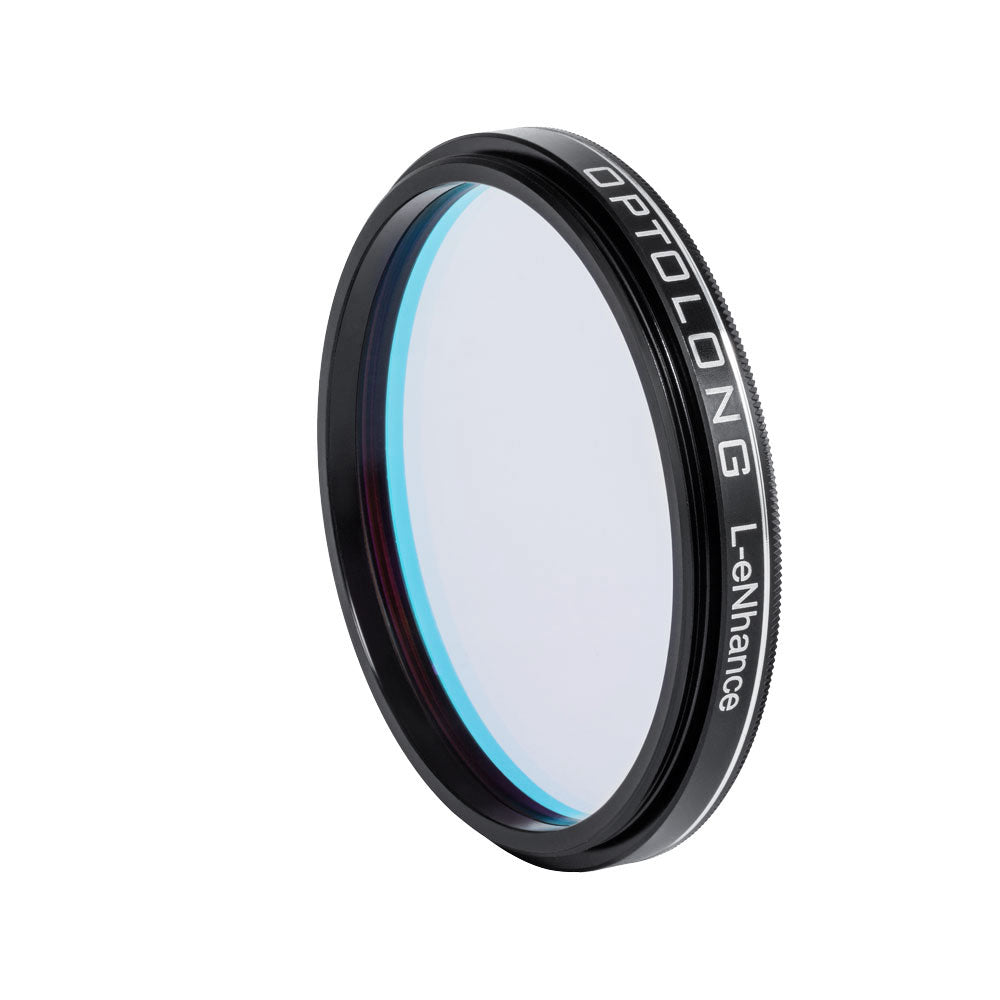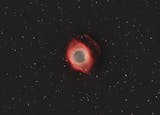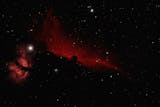OPTOLONG L-eNhance FILTER
Optolong
FREE SHIPPING
OPTOLONG L-eNhance FILTER - 2" is backordered and will ship as soon as it is back in stock.
The Optolong L-eNhance filter is a light pollution tri-band filter designed to drastically reduce the effect of light pollution. Its three passing bands isolate the nebulae emissions in H-Alpha (red) and H-beta, OIII (green-blue). This filter is designed for DSLR's and colour cameras under urban skies. It works as a combined H-Alpha and OIII / H-Beta narrowband filter so photos will appear highly contrasted without the necessity to use a monochrome camera and separate filters.
- It blocks the artificial light from mercury vapour lamps, both high and low pressure sodium vapour lights and the unwanted natural light caused by neutral oxygen emission in our atmosphere (i.e. skyglow).
- Maximum transmission of the main nebula emission lines at OIII (496nm and 500nm), H-beta (486nm) and H-alpha (656nm).
- Three transmission bands - ~25nm for OIII & H-beta, ~11nm for H-alpha.
- Ideal for urban areas with high light pollution.
- It incorporates an IR/UV-Cut filter that is necessary in astrophotography, especially for astronomy cameras that are sensitive to the infrared radiation.
- Ultra-thin filter cell to maximise the compatibility with most filter wheels.
- Multi-layers anti-reflection coating.
- Cell in Aerometal Material, CNC machined, sand blasted, black anodized and laser engraved.
- Plastic PP Case, high pressure EVA Case Lining.
Light pollution filters do not eliminate the effects of light pollution or increase the object’s brightness. It does increase the contrast between nebulae and night sky.
The interferential coating is deposited on the substrate using electron-beam gun evaporation with Ion-assisted deposition coating technology. This increases the filter durability and resistance to scratching, as well as stability of the CWL (central wavelength) and no deviation affected by temperature changes. The planetary rotation system offers precision and homogeneity of coatings ensuring high transmission of pass-band and high optical density off-band.
WARNING: Optolong filters are not designed for sun observations. DO NOT LOOK AT THE SUN WITH OPTOLONG FILTERS. You could become BLIND if you fail to observe the warning.
Specifications
| Passing band | Tri-band band H-Alpha (red) and H-beta, OIII (green-blue) |
| Glass thickness |
2.0 mm (for 1.25" and 2" filters) ; 1 mm (clip series) |
| Optical flatness |
1/4 λ (wavefront) |
| Band-pass transmission | 90% across major nebulae bandpass |
| Coating | Fully multi-coated |
|
Surface quality |
60/40 (in accordance with US military watch MIL-O-13830) |
| Parallelism | 30" |
|
Glass type |
Monolithic optical substrate (non glued) |
| Available sizes | 1.25", 2" |
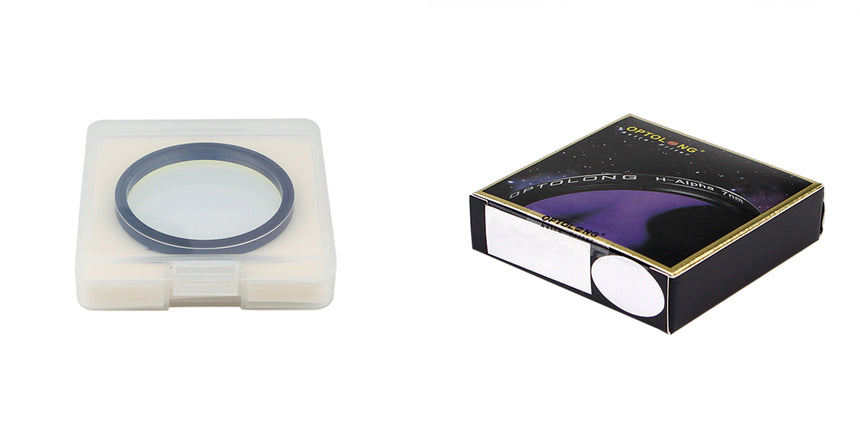
Gallery

Horsehead Nebula - L-eNhance filter, SkyWatcher 200/800 reflector, ZWO ASI 294 Camera. Taken by Luca Fornaciari

Soul Nebula - L-eNhance filter, SkyWatcher Evostar 72Ed, QHY183C Camera. Taken by Luca Fornaciari

Elephant's Trunk Nebula - L-eNhance filter, SkyWatcher 200/800 Photograph, ZWO EAF Focuser. Taken by Luca Fornaciari

